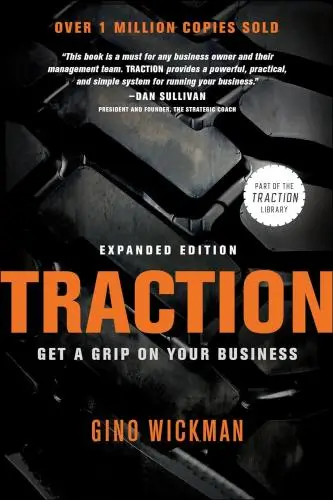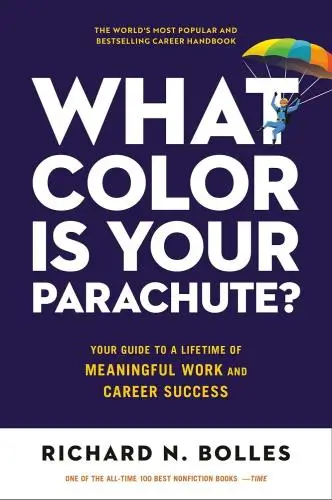
What Color Is Your Parachute?
Your Guide to a Lifetime of Meaningful Work and Career Success
What is What Color Is Your Parachute? about?
What Color Is Your Parachute? is a career guide that goes beyond traditional job hunting advice. It helps you identify your unique skills, passions, and values to find a career that truly fulfills you. The book offers practical exercises and tips for networking, interviewing, and negotiating salary. It also delves into the importance of staying adaptable in today's ever-changing job market. Whether you're a recent graduate or a seasoned professional, this book will empower you to take control of your career path.
About the Author
Richard N. Bolles was an influential author best known for his book "What Color Is Your Parachute?" His work, blending practical job-hunting advice with deeper psychological insights, revolutionized career development. Bolles' approach emphasized the importance of understanding oneself to find fulfilling work, making his methods enduringly relevant in career counseling.
10 Key Ideas of What Color Is Your Parachute?
Identify Your Unique Skills and Passions for a Fulfilling Career Path
Understanding your unique set of skills and what you are passionate about is crucial in finding a fulfilling career. Start by listing your skills, both hard (technical abilities) and soft (interpersonal skills), and then identify which of these you enjoy using the most. This self-assessment helps in narrowing down career paths that not only match your skill set but also align with your interests and passions, leading to greater job satisfaction and success.
Learn DeeperReflect on Your Daily Activities: Spend a week noting down tasks you do at work or home that you find enjoyable or fulfilling. This can help you identify patterns in your interests and skills.
Create a Skills Inventory: Make two lists, one for your hard skills (like coding, graphic design, etc.) and another for your soft skills (such as communication, teamwork, etc.). Rate each skill based on your proficiency and enjoyment level.
Seek Feedback: Ask friends, family, or colleagues what skills they think you excel in. Sometimes, others can offer valuable insights into our strengths that we might overlook.
Experiment with New Activities: Try out new hobbies or volunteer in roles you wouldn’t normally consider. This can uncover hidden passions or skills you weren’t aware of.
Match Skills to Careers: Use online resources or career counseling services to find careers that align with your top skills and passions. Look for job descriptions to see what resonates with you.
Set Small Goals: Once you have a clearer idea of your desired career path, set small, achievable goals to gain the necessary skills or experience. This could include taking online courses, attending workshops, or networking.
- Example
If you enjoy organizing events and have strong communication skills, you might explore careers in event planning or public relations. Reflecting on past successful events you’ve organized, even informally, can validate this interest.
- Example
Suppose you discover a passion for coding through experimenting with free online coding tutorials. You could then list programming languages you’ve tried, rate your enjoyment, and consider careers in software development or web design.
Leverage the Power of Networking to Uncover Hidden Job Opportunities
Networking is key in today’s job market, as many positions are filled through personal connections before they're ever advertised. Begin by reaching out to your existing network of friends, family, and professional contacts. Attend industry meetups, conferences, and seminars to expand your network. Engaging on professional social media platforms like LinkedIn can also be beneficial. Remember, networking is about building genuine relationships rather than just asking for job leads.
Learn DeeperUpdate Your LinkedIn Profile: Make sure your LinkedIn profile is up-to-date with your latest job experiences, skills, and a professional photo. Engage with content relevant to your industry by liking, commenting, and sharing. This increases your visibility and shows you're active in your field.
Create a List of Contacts: Start with people you know from various circles such as former colleagues, school alumni, family, and friends. Reach out to them with personalized messages, expressing your current job search situation and asking for advice, introductions, or insights into the industry.
Attend Industry Events: Look for local or virtual networking events, workshops, and seminars related to your field. These are great opportunities to meet new people who share your professional interests. Always follow up with the contacts you make with a thank you message and an invitation to connect on LinkedIn.
Volunteer or Join Professional Organizations: Volunteering for causes related to your field or joining professional organizations can help you meet like-minded professionals. Often, these groups have regular meetings or social events where you can make valuable connections.
- Example
Imagine you're interested in transitioning into the renewable energy sector. You could start by following leading companies and influencers in this field on LinkedIn, engaging with their posts, and sharing relevant articles or insights you have. Additionally, you could attend a renewable energy conference or webinar and make it a point to introduce yourself to at least three new people, asking about their roles and sharing your interests.
- Example
Suppose you're a recent graduate looking for your first job in graphic design. You could reach out to alumni from your university who are currently working in that field, asking if they'd be willing to share their career path and any advice they might have. You could also volunteer your design skills for a local non-profit organization, which would not only expand your portfolio but also introduce you to professionals in the community who might know of job openings.
Craft a Tailored Resume and Cover Letter for Each Application
Your resume and cover letter are your first impressions on a potential employer. Customize them for each job application to highlight how your skills and experiences align with the specific job requirements. Use keywords from the job description, focus on achievements rather than duties, and ensure your documents are error-free. A tailored approach shows employers that you have a genuine interest in the position and have taken the time to understand their needs.
Learn DeeperResearch the Company Thoroughly: Before you start tailoring your resume and cover letter, spend some time on the company's website, social media profiles, and recent news articles to understand their goals, culture, and challenges. This will help you align your application more closely with what they're looking for.
Identify Keywords in the Job Description: Carefully read the job description and note the skills, experiences, and qualifications that are mentioned. Use these keywords in your resume and cover letter to pass through Applicant Tracking Systems (ATS) and catch the hiring manager's attention.
Highlight Relevant Achievements: Instead of listing your responsibilities at previous jobs, focus on specific achievements that demonstrate your ability to succeed in the new role. Quantify these accomplishments with numbers whenever possible, such as 'Increased sales by 20% within the first quarter'.
Customize Your Professional Summary: Start your resume with a professional summary that speaks directly to the job you're applying for. Mention your most relevant skills and experiences here, and how they make you a great fit for the position.
Proofread and Get Feedback: After tailoring your resume and cover letter, proofread them multiple times to ensure there are no errors. It's also helpful to get feedback from friends or mentors in your field to make sure your documents are clear and compelling.
- Example
If applying for a marketing position that emphasizes digital advertising skills, an applicant might include a bullet point in their resume like: 'Designed and implemented a Facebook advertising campaign that increased online engagement by 30% over three months.'
- Example
For a project management role requiring experience with cross-functional teams, a cover letter could highlight: 'Successfully led a team of 10, including developers, designers, and marketers, to launch a new product ahead of schedule, demonstrating strong leadership and coordination skills.'
Utilize Online Job Boards and Company Websites Strategically
While online job boards can be useful, they should not be your only job search strategy due to high competition. Use them strategically by setting up alerts for your desired job titles or companies, and apply as soon as positions are posted. Additionally, visit company websites regularly to check for new openings and learn more about the company culture and values. This information can be invaluable during interviews.
Learn DeeperSet Up Job Alerts: Go to popular job boards like Indeed, LinkedIn, or Glassdoor and set up job alerts for specific titles you're interested in. This way, you'll receive an email notification as soon as a job that matches your criteria is posted.
Create a List of Target Companies: Identify companies you'd love to work for and visit their career pages regularly. Bookmark these pages for easy access, and check them at least once a week for new job postings.
Customize Your Applications: When applying for jobs, tailor your resume and cover letter to match the job description and company culture. Use information gleaned from the company website to show how your values align with theirs.
Network Online and Offline: Use LinkedIn to connect with employees working at your target companies. Attend industry meetups, webinars, and conferences to expand your network. Sometimes, jobs are filled through referrals before they even get posted online.
- Example
Imagine you're interested in a marketing position at a tech company. You would set up alerts for 'marketing manager' and 'digital marketing' on job boards, and also follow companies like Google, Salesforce, and Adobe on LinkedIn to get updates on job openings.
- Example
Suppose you're aiming for a role in environmental advocacy. You'd identify organizations such as Greenpeace or the World Wildlife Fund, regularly check their websites for openings, and tailor your application to highlight your passion and experience in environmental causes.
Deeper knowledge. Personal growth. Unlocked.
Unlock this book's key ideas and 100+ more. Learn with quick, impactful summaries.
Read Full SummarySign up and read for free!
What Color Is Your Parachute? Summary: Common Questions
Experience Personalized Book Summaries, Today!
Discover a new way to gain knowledge, and save time.
Sign up for our 7-day trial now.
No Credit Card Needed

Similar Books

The Millionaire Fastlane
MJ DeMarco
Losing My Virginity
Richard Branson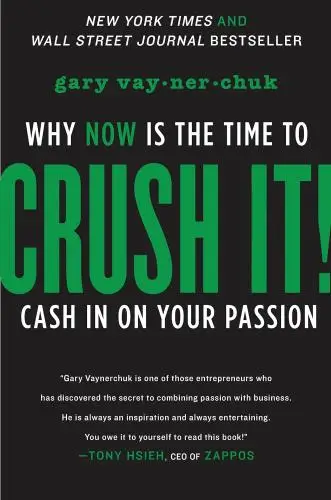
Crush It!
Gary Vaynerchuk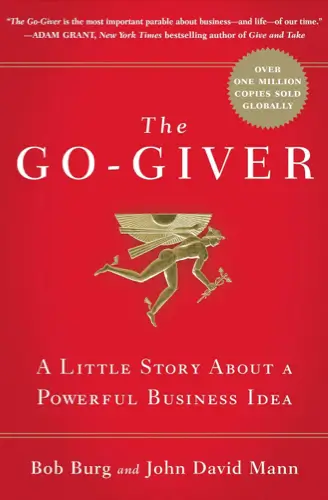
The Go-Giver
Bob Burg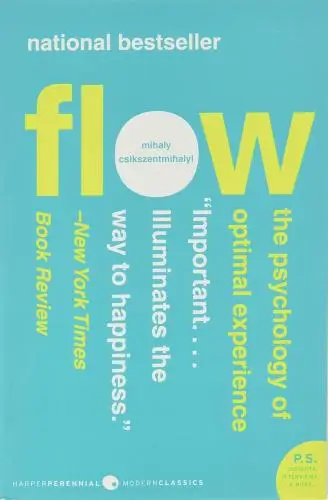
Flow
Mihaly Csikszentmihalyi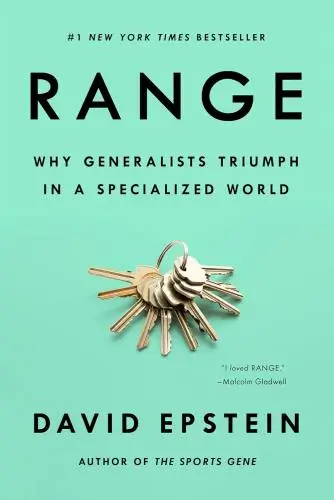
Range
David Epstein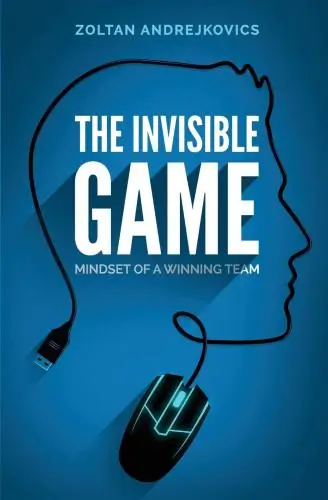
The Invisible Game
Zoltan Andrejkovics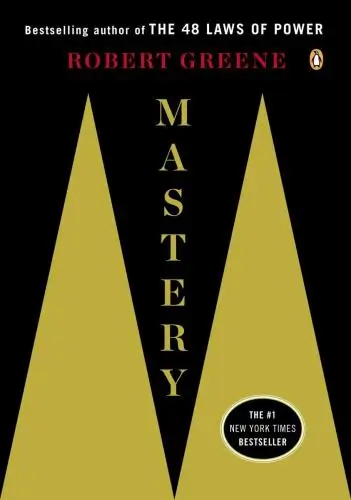
Mastery
Robert Greene
How Will You Measure Your Life?
Clayton M. Christensen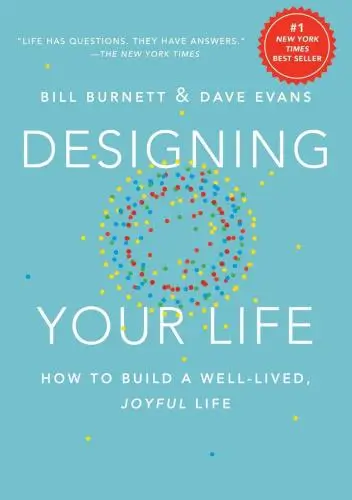
Designing Your Life
Bill Burnett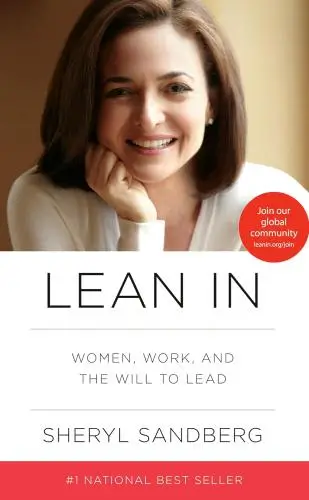
Lean In
Sheryl Sandberg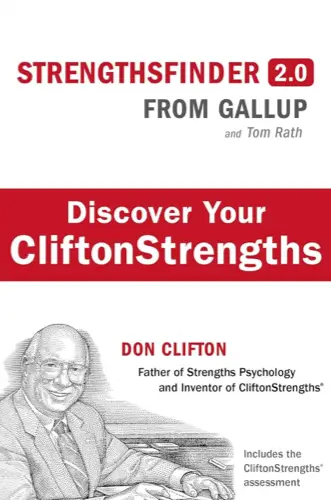
StrengthsFinder 2.0
GallupTrending Summaries

Peak
Anders Ericsson
Never Split the Difference
Chris Voss
Smart Brevity
Jim VandeHei
The Psychology of Money
Morgan Housel
The First 90 Days
Michael D. Watkins
Atomic Habits
James Clear
Thinking, Fast and Slow
Daniel Kahneman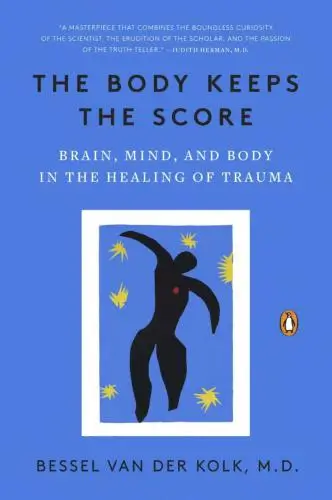
The Body Keeps the Score
Bessel van der Kolk M.D.
The Power of Regret
Daniel H. Pink
The Compound Effect
Darren Hardy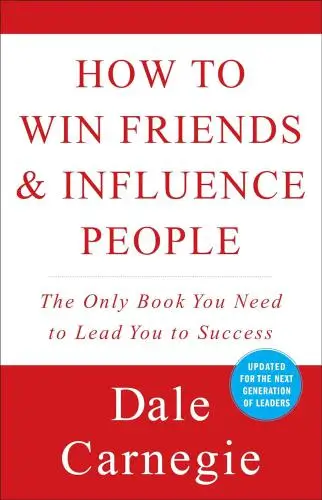
How to Win Friends & Influence People
Dale Carnegie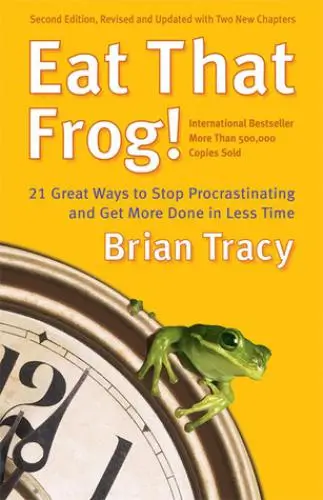
Eat That Frog!
Brian Tracy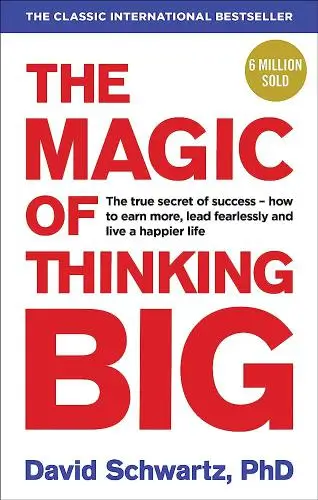
The Magic of Thinking Big
David J. Schwartz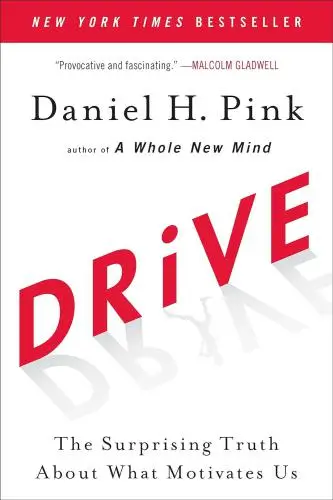
Drive
Daniel H. Pink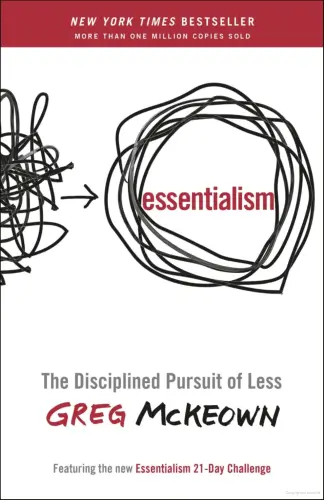
Essentialism
Greg McKeownNew Books

The Millionaire Fastlane
MJ DeMarco
Losing My Virginity
Richard Branson
Venture Deals
Brad Feld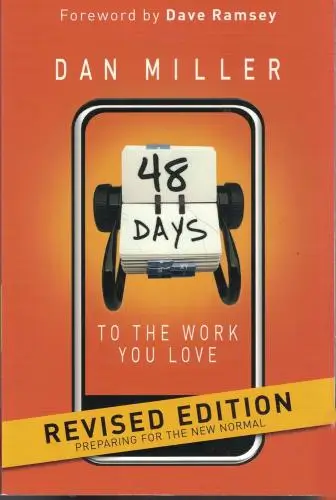
48 Days to the Work You Love
Dan Miller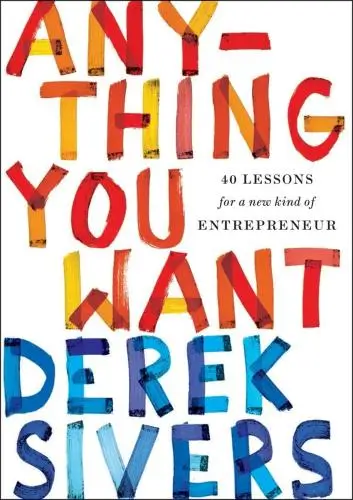
Anything You Want
Derek Sivers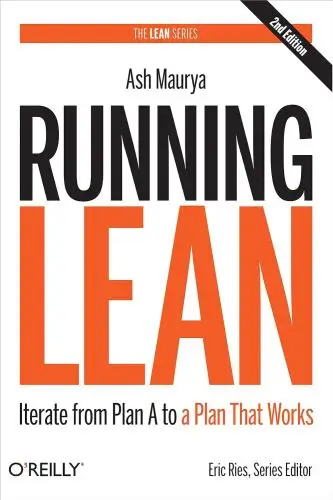
Running Lean
Ash Maurya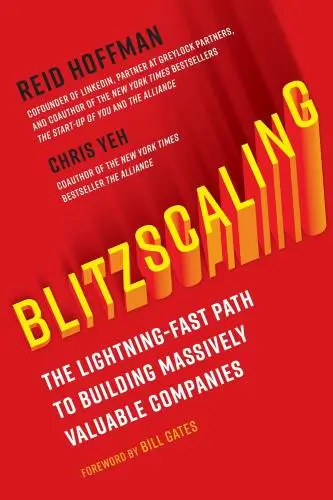
Blitzscaling
Reid Hoffman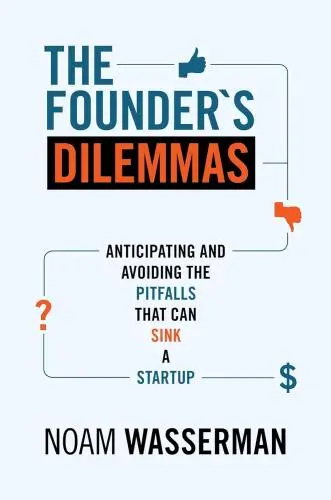
The Founder's Dilemmas
Noam Wasserman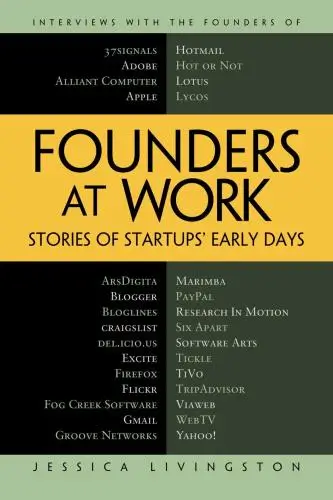
Founders at Work
Jessica Livingston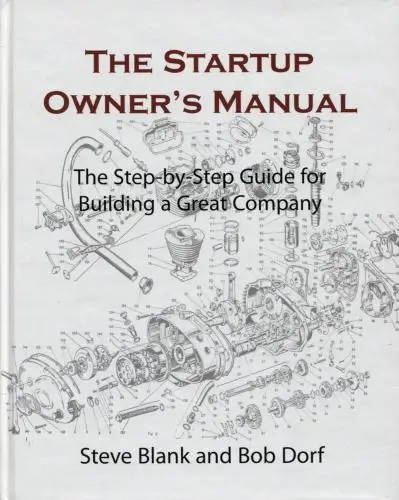
The Startup Owner's Manual
Steve Blank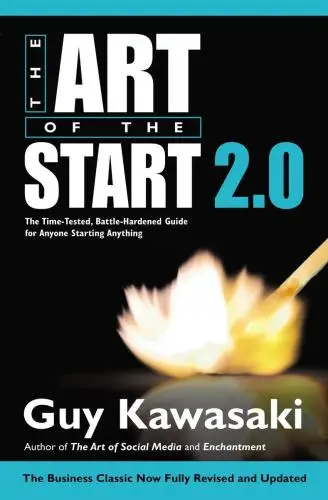
The Art of the Start 2.0
Guy Kawasaki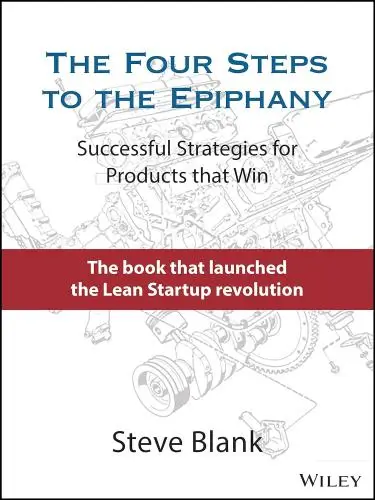
The Four Steps to the Epiphany
Steve Blank
Flash Boys
Michael Lewis
Crush It!
Gary Vaynerchuk